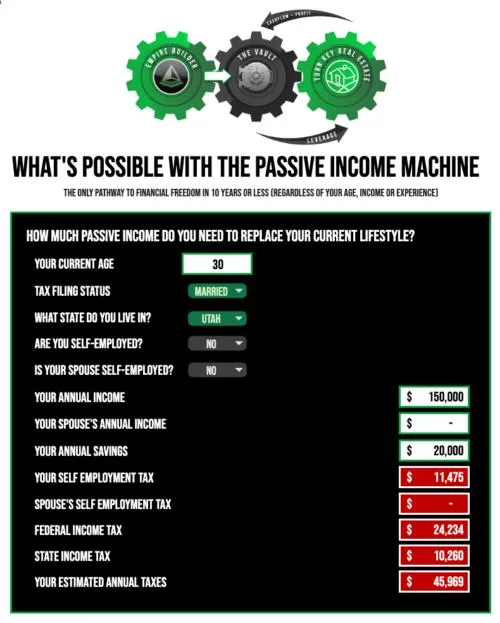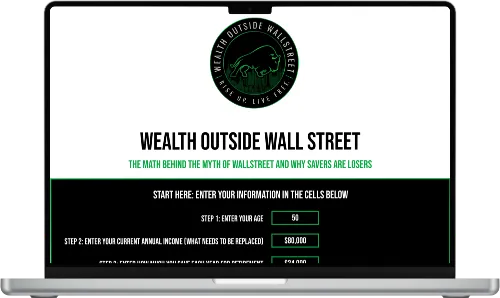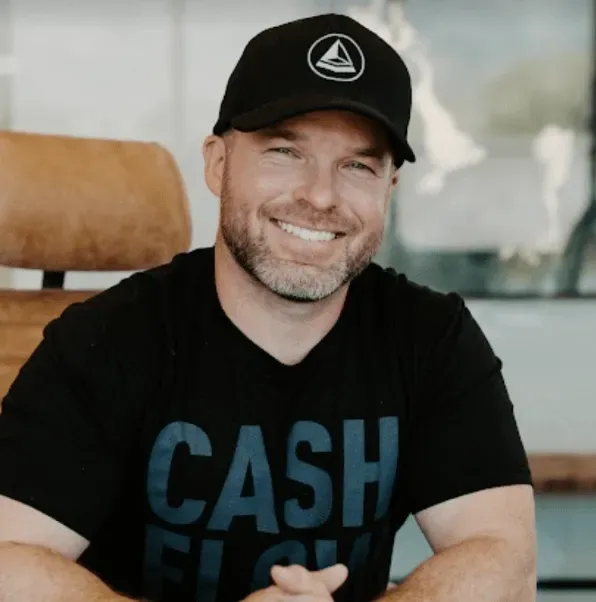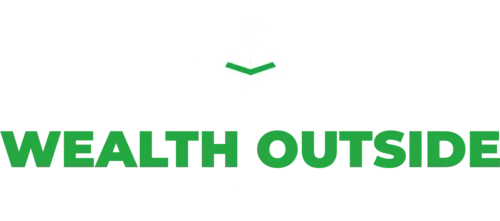
Be the Bank: How to Use the VAULT to Build Wealth Faster Through Compound Interest, Leverage & Your Own Banking System
Be the Bank: How to Use the VAULT to Build Wealth Faster Through Compound Interest, Leverage & Your Own Banking System
by Ryan D. Lee — Wealth Outside Wall Street
What Can a VAULT Actually Do for You?
If you’ve followed the journey so far, you already know the basics of a VAULT:
It’s risk-free, tax-free, provides a private line of credit, has a guaranteed rate of return, and still functions as life insurance that protects your family.
But most people still don’t understand the real magic of a VAULT…
👉 How do you actually use it to build wealth faster than any traditional financial system?
👉 How do you turn your VAULT into a true banking system?
👉 And how does compound interest inside your VAULT outperform simple interest in the real world?
This blog breaks down the mechanics of using your VAULT — and why it is the foundation of your Passive Income Machine.
How to Use Your VAULT Like a Bank
To build wealth the way banks do, you must understand three components:
1. Cashflow
2. Leverage
3. Velocity
Let’s walk through each step of building your personal banking system using the VAULT.
Step 1: Fund Your VAULT
Just like a bank needs deposits, your VAULT needs premium.
This premium becomes cash value, and cash value becomes your line of credit.
Your money does NOT leave the policy — it continues compounding uninterrupted.
Step 2: Access Your Line of Credit (Leverage)
Here’s where the VAULT becomes incredibly powerful.
Mutual life insurance companies — the companies we use exclusively — are required by law to hold highly liquid reserves. These reserves are what allow you to borrow against your cash value.
When you have $250,000 of cash value, you can access $250,000 of the insurance company’s money through a policy loan.
Your cash value stays inside the policy, compounding without interruption.
You leverage their money while your money keeps growing.
That’s the entire game.
Step 3: Use Velocity to Increase Your Returns
Traditional financing limits you to two options when you want to buy something:
Save cash and spend it
Borrow and pay interest to a bank
The VAULT gives you a third, far more powerful option:
Use a policy loan and let your money continue compounding for life.
This is where velocity enters your system — the faster money moves and returns to your VAULT, the faster your wealth accelerates.
Why Use a Policy Loan Instead of Cash? The Math Explains Everything
Let’s walk through the most common question people ask:
“Why would I borrow money from the insurance company instead of just paying cash?”
Answer: Because compound interest always beats simple interest.
Here’s a simple, real-world example.
Example 1: Buying a Car With Your VAULT
You want a $50,000 vehicle.
Your VAULT has $50,000 of cash value.
If you take a policy loan:
Insurance company charges 5% simple interest
Over 5 years, you pay $6,614 in interest
You control the repayment schedule
But…
Your $50,000 never left your VAULT.
It earns 5% compound interest the entire time:
Year 1: $2,500
Year 2: $2,625
Year 3: $2,756
Year 4: $2,894
Year 5: $3,039
Total: $13,814 earned
Now compare:
You paid $6,614
You earned $13,814
You profited $7,200
For buying the exact same car you were going to buy anyway.
This is how banks profit — and now you can too.
Compound Interest Beats Simple Interest Every Time
This isn’t theory.
This is math.
Compound interest is exponential.
Simple interest is linear.
The spread between what you earn versus what you pay becomes pure profit.
And the VAULT allows you to use both simultaneously:
You pay simple interest
You earn compound interest
That’s the difference between consumers… and banks.
Example 2: Using a VAULT to Supercharge Real Estate Returns
This example is where the strategy becomes transformational.
Let’s compare two identical scenarios:
Scenario A: Buy a $100,000 Property in Cash
Over 30 years:
Monthly cashflow: $1,000
Appreciation: 5% annually
Cashflow earned: $216,000
Final value: $242,000
Profit: $358,726
Good.
But not great.
Now let’s use the VAULT…
Scenario B: Use a Policy Loan to Buy the SAME Property
You borrow $100,000 from your VAULT
You repay the loan using property cashflow
You still earn cashflow the whole time
Your asset still appreciates
And your VAULT compounds uninterrupted
After 30 years:
Cashflow after policy loan payments: $22,744
Property value: $242,000
Profit after debt servicing: $165,740
VAULT cash value grows from $100,000 → $574,349
TOTAL WEALTH: $739,819
Same property.
Same rent.
Same appreciation.
Just a better system.
Side-by-Side Comparison
Strategy
Total Wealth After 30 Years
Pay Cash for Real Estate
$358,726
Use VAULT + Policy Loan
$739,819
You more than doubled your wealth — using the same property.
This is why the VAULT is Gear #2 of the Passive Income Machine.
Because it turns ordinary transactions into wealth-multiplying engines.
How Much Money Should Flow Through Your VAULT?
Not your grocery budget.
Not your everyday expenses.
But every dollar you:
Save
Hold for opportunity
Intend to invest
Want compounding
Want tax-free in the future
…should start inside your VAULT.
It allows your money to do multiple jobs:
Compounding tax-free
Protecting your family
Becoming collateral
Funding investments
Returning tax-free income in retirement
That’s why the VAULT is the foundation of your Passive Income Machine.
RISE UP. LIVE FREE.
— Ryan D. Lee, Wealth Outside Wall Street






